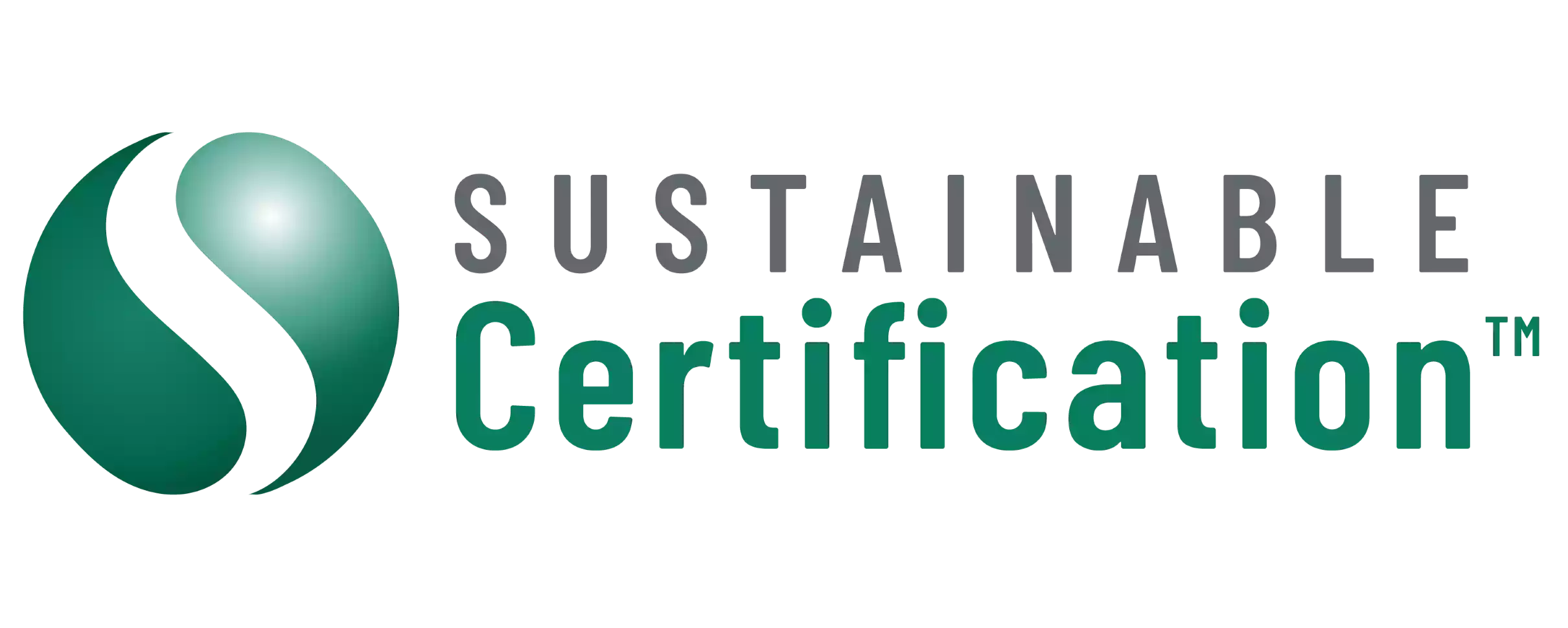What Are ISO 9001:2015 Clauses and Why They Matter for Australian Businesses
Quality control is not optional for Australian businesses that want to retain customers and meet market expectations. The ISO 9001:2015 clauses provide the structure for a reliable quality management system (QMS). This internationally recognised ISO 9001:2015 outlines how organisations can deliver consistency, manage risk, and drive improvement.
The ISO 9001:2015 standard is built around ten clauses that explain requirements for planning, implementing, monitoring, and improving a QMS. Each clause works as a building block for credibility and long-term performance. Here are the 10 ISO 9001:2015 clauses explained and what they mean for Australian businesses.
10 ISO 9001:2015 Clauses Every Australian Business Should Know
ISO 9001:2015 is organised into ten clauses that shape a strong quality management system. Each clause outlines requirements for scope, leadership, planning, support, operations, evaluation, and improvement. Highlighted below are the ten ISO 9001:2015 clauses explained, along with what they mean for Australian businesses.
Clause 1: Scope
Clause 1 confirms that ISO 9001:2015 applies to any organisation, regardless of size or industry, that wants to establish, maintain, and continually improve a QMS. Businesses must define their processes and demonstrate how they deliver consistent products and services.
Clause 2: Normative References
This clause directs users to other standards that provide supporting details. While brief, it reinforces that ISO 9001 cannot exist in isolation. It may require references to documents that explain terms, auditing rules, or technical definitions relevant to QMS practice.
Clause 3: Terms and Definitions
Organisations require a shared vocabulary when implementing the 9001 ISO 2015 clauses. Clause 3 establishes clarity on essential terms so teams, auditors, and stakeholders interpret requirements consistently.
Clause 4: Context of the Organisation
Organisations must evaluate both internal and external issues that affect their QMS. In practice, this means identifying regulatory requirements, customer demands, and risks such as supply chain disruption. A key part of this is adopting ISO 9001 risk-based thinking to stay proactive. For an Australian manufacturer, context may include compliance with local safety standards and adapting to global trade shifts.
Clause 5: Leadership
Clause 5 highlights management’s responsibility to drive QMS outcomes. Leadership must create quality policies, allocate resources, and set accountability. Without this commitment, the ISO 9001 clauses lose their impact.
For example, in an Australian food production company, senior management must ensure staff training on hygiene standards is consistent across facilities to safeguard quality.
Clause 6: Planning
Organisations must identify risks and opportunities that influence QMS objectives. Clause 6 requires setting measurable goals, outlining actions, and allocating resources. Planning ensures the system is proactive rather than reactive.
Clause 7: Support
Support refers to people, infrastructure, technology, and information. Clause 7 ensures documented policies, staff training, and communication are in place. In Australia, this may mean aligning training programs with Standards Australia guidelines and maintaining accurate digital records.
Clause 8: Operation
This clause focuses on the processes required to meet customer needs. It includes product design, service delivery, and operational control. For example, a construction firm must document its procedures for material inspections, subcontractor management, and on-site safety protocols to remain compliant with the ISO 9001:2015 standard.
Clause 9: Performance Evaluation
Clause 9 requires businesses to monitor QMS effectiveness. This involves regular audits, reviews, and customer satisfaction tracking. Internal audits identify issues before they become costly. Investing in internal auditor training ensures staff can perform reviews effectively.
Clause 10: Improvement
The final clause highlights continual improvement. Organisations must correct issues, prevent recurrence, and seek new ways to optimise processes. This is not just about compliance but about building resilience.
By applying all ten clauses of ISO 9001:2015, organisations move beyond compliance to create a culture of quality and resilience. For Australian businesses, this means stronger customer trust, reduced operational risks, and long-term competitiveness in both local and global markets.
To find out more about the Clause Breakdown please see Our ISO 9001:2015 Pre Assessment checklist which can be accessed here
Benefits of ISO 9001:2015 Clauses for Australian Businesses
Implementing the ISO 9001:2015 clauses delivers more than compliance. Here are the main benefits Australian businesses can expect:
- Improved credibility: Certification signals reliability to clients, suppliers, and regulators.
- Operational efficiency: Businesses reduce waste and errors through standardised processes.
- Risk management: Structured planning reduces exposure to operational and reputational risks.
- Customer confidence: Meeting QMS standards boosts satisfaction and loyalty.
Together, these benefits show that ISO 9001:2015 drives both operational discipline and stronger market confidence. Organisations should also stay informed on ISO 9001:2015 changes to remain compliant.
Key Takeaways
The ISO 9001:2015 clauses form the foundation of a practical, reliable QMS. Each clause addresses a different requirement, but together they create a system that builds trust, reduces risk, and strengthens performance.
Australian businesses across industries can apply the ISO 9001 clauses to improve quality, retain clients, and achieve compliance. Certification is not only about meeting standards. It is about building long-term value. Contact Sustainable Certification to begin the process.
What are the ISO 9001 clauses?
ISO 9001 clauses are ten sections in the ISO 9001:2015 standard that describe requirements for a quality management system.
How do the 9001 ISO 2015 clauses apply to small businesses?
They scale to any size. A small accounting firm can apply the same framework to client services as a large manufacturer does for production.
Why are internal audits part of the ISO 9001:2015 standard?
Audits provide assurance that systems function effectively and reveal areas for improvement before external certification audits.
Do the clauses change often?
ISO 9001 is reviewed periodically, with major updates occurring only once every decade or more.
How do the ISO 9001:2015 clauses improve customer confidence?
They require documented processes, leadership commitment, and performance evaluation, which give customers evidence of consistent quality.
Is certification to ISO 9001:2015 mandatory in Australia?
Certification is not mandatory under Australian law, but many industries and clients require it as a condition for contracts or supply agreements.
